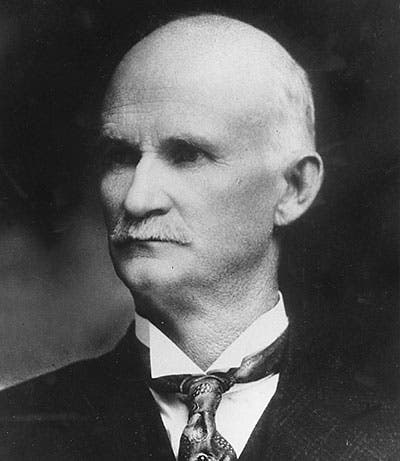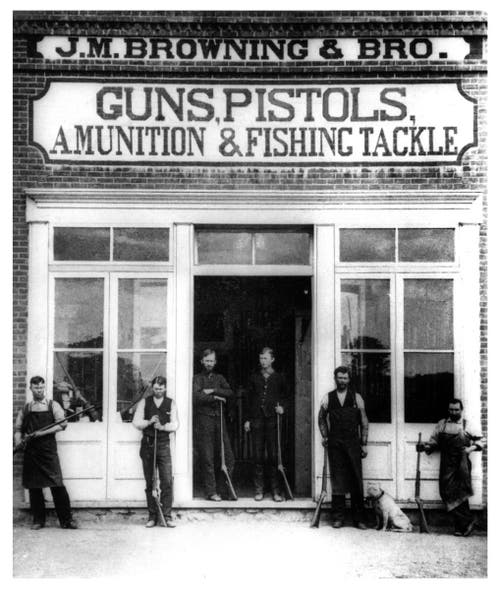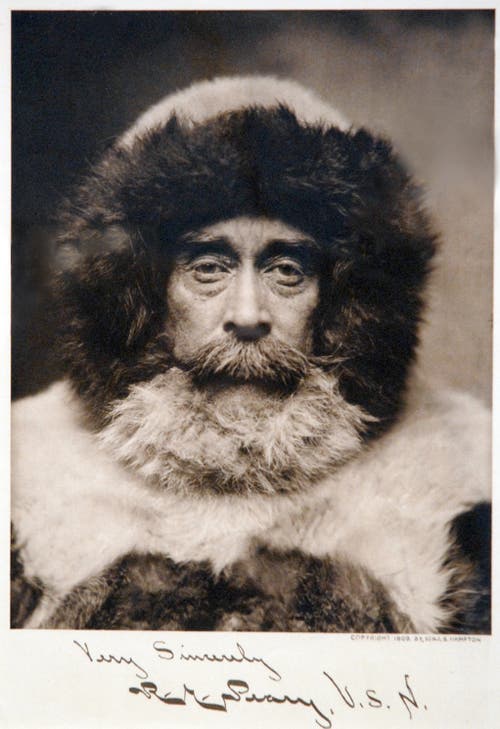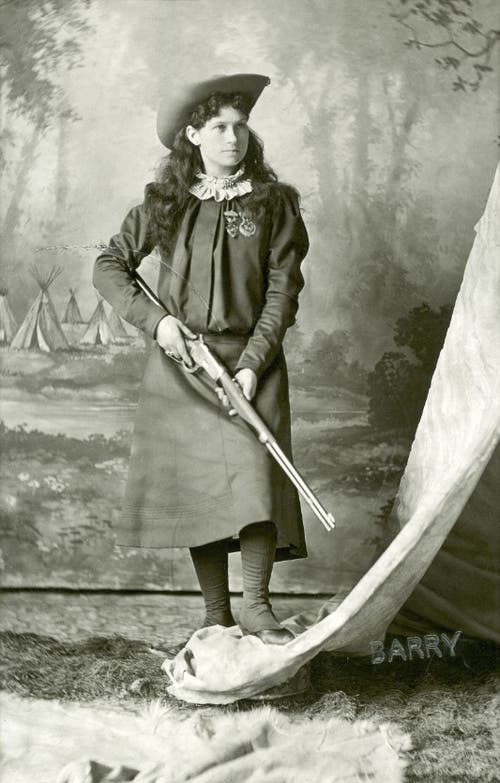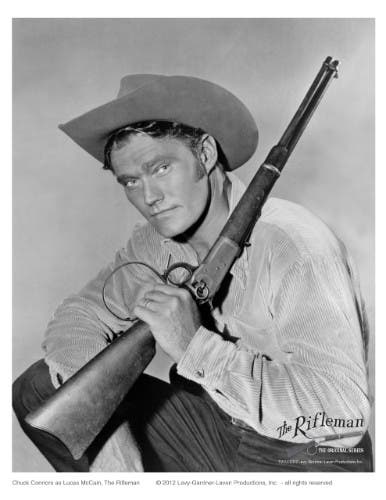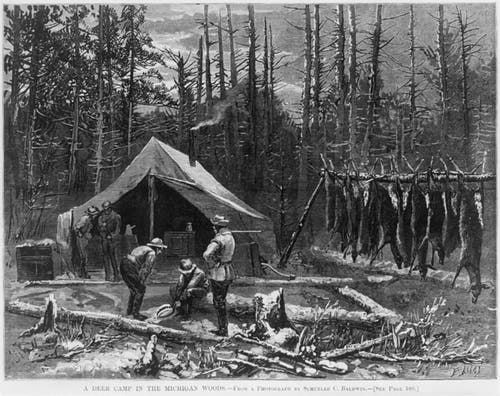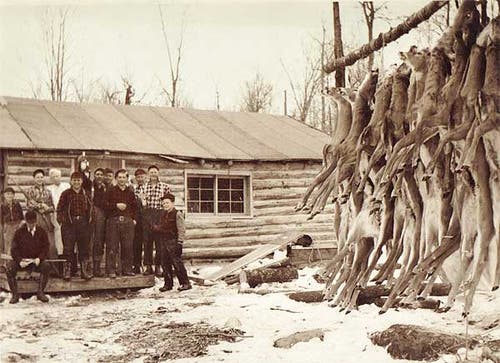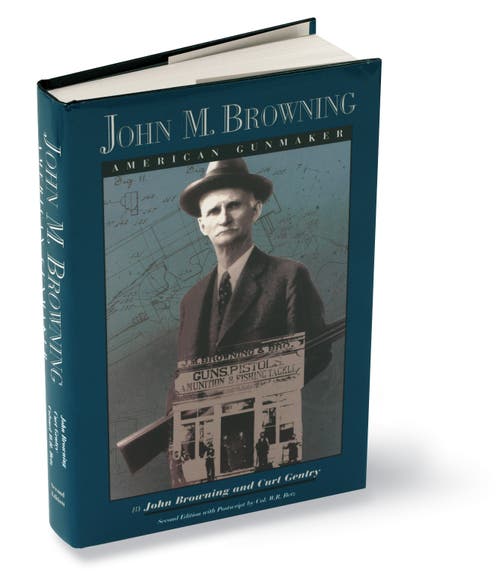John M. Browning’s Greatest Hits - Episode 4
John M. Browning’s Greatest Hits - Episode 4
The Model 1892 and Model 1894 – John M. Browning’s Legendary Lever-Action Saddle Guns
The Model 1892 and Model 1894 – John M. Browning’s Legendary Lever-Action Saddle Guns
In this episode we’ll explore legendary gun designer John M. Browning’s creation of the Winchester Model 1892 and Model 1894 lever-action rifles.
In the early 1890s T.G. Bennett, then the Vice President at Winchester Repeating Arms in New Haven asked Mr. Browning to design a successor to the company’s highly successful Model 1873 lever-action rifle. Bennett suggested a scaled-down version of Mr. Browning’s Model 1886 that would be able to handle pistol-class cartridges like the 44-40 WCF.
Both Browning and Bennett knew that a light, handy rifle would be popular both in the US and around the world with hunters, ranchers and trappers, especially when they were afoot or on horseback.
Bennett offered Browning $10,000 if he could have the design finished in 90 days, and $15,000 if it would be ready in 60 days. Mr. Browning thought for a moment (and probably scratched his balding head a bit…) then he countered-offered, saying he’d have a working prototype in Bennett’s hands within 30 days for the lump sum of $20,000, or he’d give the Winchester company his rifle design at no charge.
Mr. Browning then boarded a west-bound train back to his humble gun shop in Ogden, Utah, working out the gun’s details in his head and on scraps of paper during the several-day journey.
True to his word, Mr. Browning had a working prototype completed inside of two weeks and it was in Bennett’s hands well within the 30-day timeframe the pair had agreed to. (And Mr. Browning had $20,000 in the bank...a very tidy sum at the time)
The resulting rifle was called the Winchester Model 1892, and was offered in several popular short-cased cartridges like the 44-40 WCF, 38-40 WCF and 32-20 WCF. To say the rifle was an immediate hit would be a gross understatement. Cowboys, lawmen, exhibition shooters and adventurers alike loved the slick little rifle.
American explorer Robert Peary took a Model 1892 with him to the North Pole. Robert Peary archives image.
Annie Oakley used a smoothbore Model 1892 in her performances in Buffalo Bill’s Wild West Shows. Buffalo Bill Center of the West image
The rifle also became a favorite of America’s lawmen like the legendary Texas Rangers.
The Model 1892 eventually became a mainstay in Western-themed motion pictures and television shows because it was readily available, easy to operate, looked good on camera and could fire the same 5-1 blank cartridges used in the actor’s revolvers.
John Wayne carried a Model 1892 in almost every western he ever made, beginning with his breakthrough role as The Ringo Kid in 1939’s epic “Stagecoach” as well as in his Oscar-winning performance as U.S. Marshal Rooster Cogburn in 1969’s timeless classic “True Grit.”
The video link is to the trailer for the original movie Stagecoach with John Wayne, likely shown to theater goers watching other films. We think you might enjoy it, as it is clearly from another era. When you click on the link you will be leaving the Browning website. The channel showing this video is in no way associated with Browning.
Actor Chuck Connors poses with his co-star in “The Rifleman” TV series, a large loop Model 1892. Photo courtesy of Levy-Gardner-Laven Productions
Actor Chuck Connors’ wood and steel co-star in the long-running TV series “The Rifleman” was a large-loop Model 1892, which the towering 6’ 6” former major league baseball and NBA basketball player (Cubs and Celtics) twirled with ease during the opening scenes of every episode. Millions of American youngsters in the late 1950s and early 1960s wanted to grow to be just like Connor’s character Lucas McCain.
Rustic deer camps were common in 19th and 20th century America. Wikicommons/Library of Congress image.
The original Model 1892 had production run of more than six decades with well over a million guns made during that period. Once just a commonplace workingman’s saddle rifle, today an original Winchester Model 1892 commands impressive prices on the collectors’ market.
But for those who long to own a real Winchester ’92 without having to refinance the ranch, today there are several affordable variants in today’s Winchester Repeating Arms lineup, and their quality, fit and finish are every bit the equal of the originals.
With the commercial success of the Model 1892, Bennett then approached Mr. Browning to create another sleek, light lever-action rifle, but this one capable of handling longer cartridges more suitable for hunting large North American game.
Mr. Browning designed a longer action with a stout new locking system that would handle the higher pressures generated by an emerging technology of the period called “smokeless powder.”
The new Browning design became known as the Model 1894, and it too became an instant classic. The year after this rifle’s introduction, Winchester introduced the 30 WCF smokeless cartridge, which was more commonly known as the “30-30.”
The pairing of the Model 1894 and the 30 WCF cartridge created the perfect deer hunting combo of the day, and they remained so for generations to come. Untold millions of hunters put tens of millions of whitetail deer on the table and over the mantle with their Model 1894s.
For many North American hunters, the legendary ’94 was their first deer rifle, and these well-used guns have been proudly passed from father to son (and on to their grandsons and great-grandsons) for more than 100 years. There are very few gun racks in America that haven’t held one (or more) Model 1894s at some point. For decades almost every pickup truck in rural America had a Winchester “30-30” hanging in the back window.
The Model 1894’s rugged and reliable design made it America’s favorite deer rifle, and it remained almost unchanged throughout its long production life. More than 7 million were made until the closing of the original Winchester factory in New Haven in 2006.
But the Model 1894 was simply too good a rifle to cease with the closing of one factory. After a production pause of only a few years the Model 1894 was back in production and is still available in several configurations from Winchester Repeating Arms. The quality and accuracy of these latest Model 1894s are equal to any of the timeless originals.
Today's Browning lever action is the BLR. At its core it continues to solve the problem that John Browning faced over 130 years ago. That is, building a rifle strong enough to handle powerful cartridges. BLRs come in both short and long actions and can handle everything up to the belted magnums. The BLR was introduced in 1971 and with its detachable box magazine, many hard-core lever shooters consider it the culmination of the lever action advantage.. READ MORE ABOUT THE BLR.
Copyright Browning, 2018, 2019. Written by Browning staff writer Scott Engen. Photos are copyright by Browning and/or Winchester Repeating Arms (used with permission) or are in the public domain or used with attribution as indicated in the caption.
Born in 1855, John M. Browning dedicated his life to inventing revolutionary firearms that were desitned to shape the future. Read about him in this riveting biography. Click Here to buy the book.



